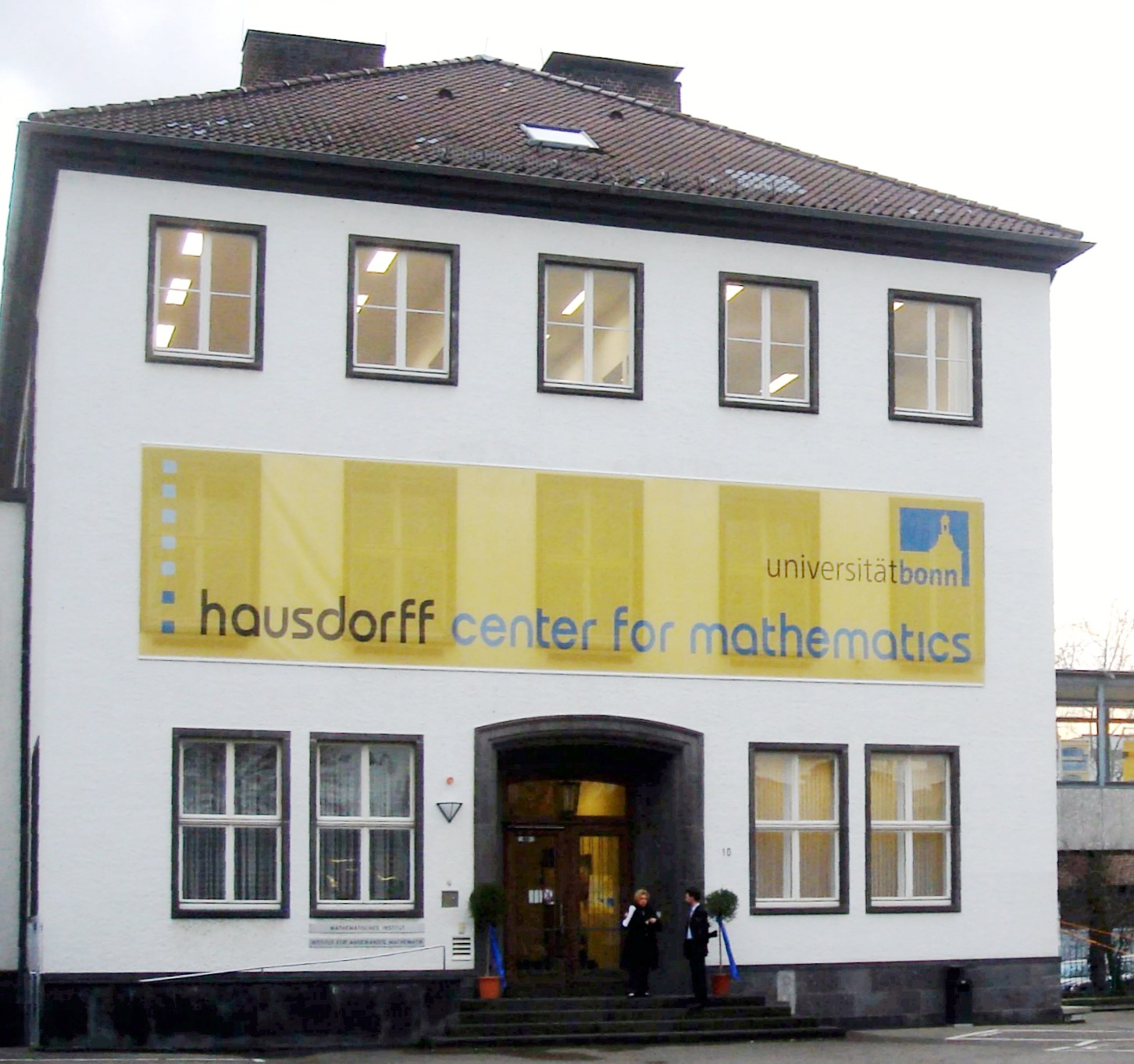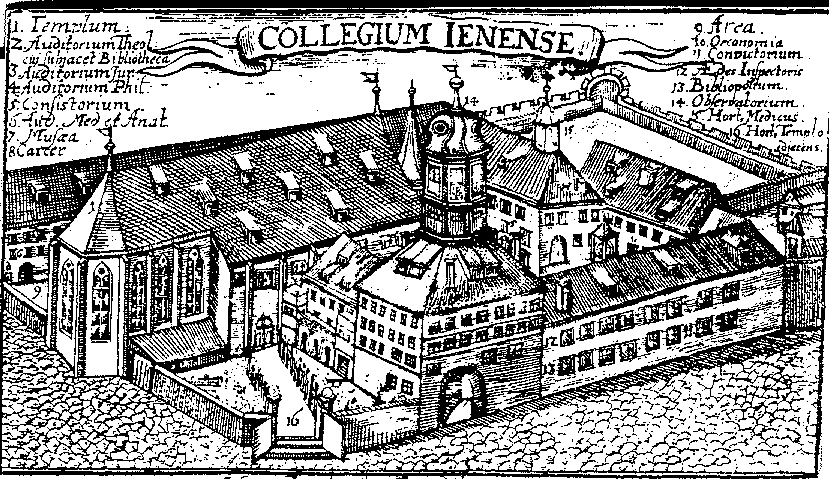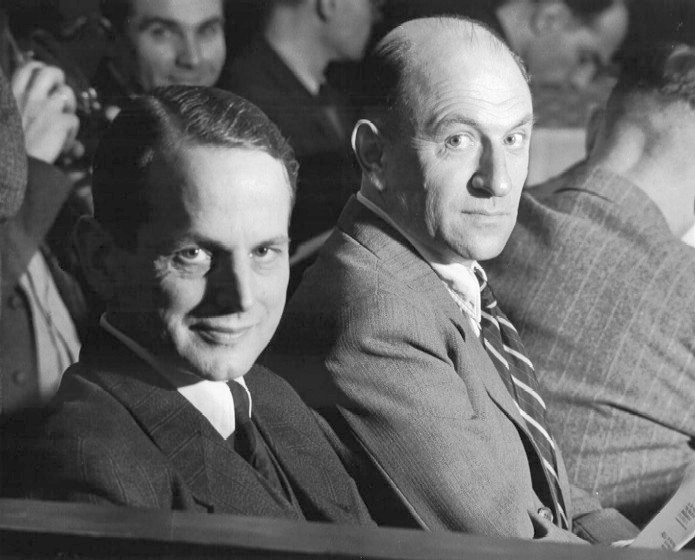|
Werner Braune
Karl Rudolf Werner Braune (11 April 1909 − 7 June 1951) was a German SS functionary during the Nazi era and a Holocaust perpetrator. During the German invasion of the Soviet Union of 1941, Braune was the commander of ''Einsatzkommando'' 11b, part of ''Einsatzgruppe'' D. Braune organized and conducted mass murders of Jews in the Army Group South Rear Area, the ''Reichskommissariat Ukraine'' (southern Ukraine and in the Crimea). For his role in these crimes, Braune was tried before an American military court in 1948 in the Einsatzgruppen trial. He was convicted, sentenced to death and executed in 1951. Early life Braune attended a type of German school known as a Gymnasium and graduated in 1929 with a diploma known as an ''abitur''. He then studied jurisprudence at the universities of Jena, Bonn, and Munich. He graduated in 1933 with a degree in civil law from the University of Jena. On 1 July 1931, at the age of 22, and while still a student, Braune joined the Nazi Part ... [...More Info...] [...Related Items...] OR: [Wikipedia] [Google] [Baidu] |
Schlotheim
Schlotheim is a town and a former municipality in the Unstrut-Hainich-Kreis district, in Thuringia, Germany. It is situated east of Mühlhausen. Since December 2019, it is part of the town Nottertal-Heilinger Höhen. Notable residents *Werner Braune (1909–1951), German Nazi SS officer, executed for war crimes *Carlos Hartling (born in 1869) German musician author of the music of the National Anthem of Honduras. References Unstrut-Hainich-Kreis Former municipalities in Thuringia {{UnstrutHainich-geo-stub ... [...More Info...] [...Related Items...] OR: [Wikipedia] [Google] [Baidu] |
Nazi Era
Nazi Germany, officially known as the German Reich and later the Greater German Reich, was the German state between 1933 and 1945, when Adolf Hitler and the Nazi Party controlled the country, transforming it into a totalitarian dictatorship. The Third Reich, meaning "Third Realm" or "Third Empire", referred to the Nazi claim that Nazi Germany was the successor to the earlier Holy Roman Empire (800–1806) and German Empire (1871–1918). The Third Reich, which the Nazis referred to as the Thousand-Year Reich, ended in May 1945, after 12 years, when the Allies defeated Germany and entered the capital, Berlin, ending World War II in Europe. After Hitler was appointed Chancellor of Germany in 1933, the Nazi Party began to eliminate political opposition and consolidate power. A 1934 German referendum confirmed Hitler as sole ''Führer'' (leader). Power was centralised in Hitler's person, and his word became the highest law. The government was not a coordinated, cooperat ... [...More Info...] [...Related Items...] OR: [Wikipedia] [Google] [Baidu] |
University Of Bonn
The University of Bonn, officially the Rhenish Friedrich Wilhelm University of Bonn (), is a public research university in Bonn, North Rhine-Westphalia, Germany. It was founded in its present form as the () on 18 October 1818 by Frederick William III, as the linear successor of the () which was founded in 1777. The University of Bonn offers many undergraduate and graduate programs in a range of subjects and has 544 professors. The University of Bonn is a member of the U15 (German universities), German U15 association of major research-intensive universities in Germany and has the title of "University of Excellence" under the German Universities Excellence Initiative. Bonn has 6 Clusters of Excellence, the most of any German university; the Hausdorff Center for Mathematics, the Matter and Light for Quantum Computing cluster, Bonn Center for Dependency and Slavery Studies, PhenoRob: Research for the Future of Crop Production, the Immune Sensory System cluster, and ECONtribute: M ... [...More Info...] [...Related Items...] OR: [Wikipedia] [Google] [Baidu] |
University Of Jena
The University of Jena, officially the Friedrich Schiller University Jena (, abbreviated FSU, shortened form ''Uni Jena''), is a public research university located in Jena, Thuringia, Germany. The university was established in 1558 and is counted among the ten oldest universities in Germany. It is affiliated with six Nobel Prize winners, most recently in 2000 when Jena graduate Herbert Kroemer won the Nobel Prize for physics. It was renamed after the poet Friedrich Schiller who was teaching as professor of philosophy when Jena attracted some of the most influential minds at the turn of the 19th century. With Karl Leonhard Reinhold, Johann Gottlieb Fichte, G. W. F. Hegel, F. W. J. Schelling and Friedrich Schlegel on its teaching staff, the university was at the centre of the emergence of German idealism and early Romanticism. , the university has around 19,000 students enrolled and 375 professors. Its current president, Walter Rosenthal, has held the role since 2014. Hi ... [...More Info...] [...Related Items...] OR: [Wikipedia] [Google] [Baidu] |
Jurisprudence
Jurisprudence, also known as theory of law or philosophy of law, is the examination in a general perspective of what law is and what it ought to be. It investigates issues such as the definition of law; legal validity; legal norms and values; and the relationship between law and other fields of study, including Law and economics, economics, Applied ethics, ethics, Legal history, history, Sociology of law, sociology, and political philosophy. Modern jurisprudence began in the 18th century and was based on the first principles of natural law, Civil law (legal system), civil law, and the law of nations. Contemporary philosophy of law addresses problems internal to law and legal systems and problems of law as a social institution that relates to the larger political and social context in which it exists. Jurisprudence can be divided into categories both by the type of question scholars seek to answer and by the theories of jurisprudence, or schools of thought, regarding how those ... [...More Info...] [...Related Items...] OR: [Wikipedia] [Google] [Baidu] |
Abitur
''Abitur'' (), often shortened colloquially to ''Abi'', is a qualification granted at the end of secondary education in Germany. It is conferred on students who pass their final exams at the end of ISCED 3, usually after twelve or thirteen years of schooling (see also, for Germany, ''Abitur'' after twelve years). In German, the term has roots in the older word meaning "Leave (Graduation) exam/diploma", which in turn was derived from the Latin (future active participle of , thus "someone who is going to leave"). As a matriculation examination, ''Abitur'' can be compared to A levels, the '' Matura'' or the International Baccalaureate Diploma, which are all ranked as level 4 in the European Qualifications Framework. In Germany Overview The ("certificate of general qualification for university entrance"), often referred to as ("''Abitur'' certificate"), issued after candidates have passed their final exams and have had appropriate grades in both the last and second last s ... [...More Info...] [...Related Items...] OR: [Wikipedia] [Google] [Baidu] |
Gymnasium (Germany)
''Gymnasium'' (; German plural: ''Gymnasien''), in the German education system, is the most advanced and highest of the three types of German secondary schools, the others being ''Hauptschule'' (lowest) and ''Realschule'' (middle). ''Gymnasium'' strongly emphasizes academic learning, comparable to the British grammar school system or with university preparatory school, prep schools in the United States. A student attending ''Gymnasium'' is called a ''Gymnasiast'' (German plural: ''Gymnasiasten''). In 2009/10 there were 3,094 gymnasia in Germany, with students (about 28 percent of all precollegiate students during that period), resulting in an average student number of 800 students per school.Federal Statistical office of Germany, Fachserie 11, Reihe 1: Allgemeinbildende Schulen – Schuljahr 2009/2010, Wiesbaden 2010 Gymnasia are generally public, state-funded schools, but a number of parochial and private gymnasia also exist. In 2009/10, 11.1 percent of gymnasium students ... [...More Info...] [...Related Items...] OR: [Wikipedia] [Google] [Baidu] |
Einsatzgruppen Trial
''The United States of America vs. Otto Ohlendorf, et al.'', commonly known as the trial, was the ninth of the twelve " subsequent Nuremberg trials" for war crimes and crimes against humanity after the end of World War II between 1947 and 1948. The accused were 24 former SS leaders who, as commanders of the '' Einsatzgruppen'', were responsible for the mass killing of more than a million victims in the Eastern Front. The ''Einsatzgruppen'' trial was held by United States authorities at the Palace of Justice in Nuremberg in the American occupation zone before US military courts, not before the International Military Tribunal. All of the accused were found guilty: fourteen were sentenced to death by hanging and eight received prison sentences ranging from life imprisonment to time served. Two were only convicted of being a member of an illegal organization, one committed suicide before the arraignment, and one was removed from the trial for medical reasons. Otto Ohlend ... [...More Info...] [...Related Items...] OR: [Wikipedia] [Google] [Baidu] |
Crimea
Crimea ( ) is a peninsula in Eastern Europe, on the northern coast of the Black Sea, almost entirely surrounded by the Black Sea and the smaller Sea of Azov. The Isthmus of Perekop connects the peninsula to Kherson Oblast in mainland Ukraine. To the east, the Crimean Bridge, constructed in 2018, spans the Strait of Kerch, linking the peninsula with Krasnodar Krai in Russia. The Arabat Spit, located to the northeast, is a narrow strip of land that separates the Syvash lagoons from the Sea of Azov. Across the Black Sea to the west lies Romania and to the south is Turkey. The population is 2.4 million, and the largest city is Sevastopol. The region, internationally recognized as part of Ukraine, has been under Russian occupation of Crimea, Russian occupation since 2014. Called the Tauric Peninsula until the early modern period, Crimea has historically been at the boundary between the Classical antiquity, classical world and the Pontic–Caspian steppe, steppe. Greeks in pre-Rom ... [...More Info...] [...Related Items...] OR: [Wikipedia] [Google] [Baidu] |
Southern Ukraine
Southern Ukraine (, ) refers, generally, to the territories in the South of Ukraine. The territory usually corresponds with the Soviet economical district, the Southern Economical District of the Ukrainian Soviet Socialist Republic. The region is completely integrated with a marine and shipbuilding industry. Southern Ukraine was invaded by the Russian military on February 24, 2022, turning parts of the region into a major theatre of the Russo-Ukrainian War. Historical background The region primarily corresponds to the former Kherson, Taurida, and most of the Yekaterinoslav Governorates which spanned across the northern coast of Black Sea after the Russian-Ottoman Wars of 1768–74 and 1787–92. The Kurgan hypothesis places the Pontic steppes of Ukraine and southern Russia as the linguistic homeland of the Proto-Indo-Europeans. The Yamnaya culture is identified with the late Proto-Indo-Europeans. The region has been inhabited for centuries by various nomadic tribes, suc ... [...More Info...] [...Related Items...] OR: [Wikipedia] [Google] [Baidu] |
Reichskommissariat Ukraine
The ''Reichskommissariat Ukraine'' (RKU; ) was an administrative entity of the Reich Ministry for the Occupied Eastern Territories of Nazi Germany from 1941 to 1944. It served as the German civilian occupation regime in the Ukrainian SSR, and parts of the Byelorussian SSR, Russian SFSR, and eastern Poland during the Eastern Front of World War II. ''Ukraine'' was established after the early success of the ''Wehrmacht''s Operation Barbarossa from territory under the military administration of Army Group South Rear Area. The German civil administration was based in Rovno (Rivne) with Erich Koch serving as the only '' Reichskommissar'' during its existence. ''Ukraine'' was part of the Generalplan Ost which included the genocide of the Jewish population, the expulsion and murder of some of the native non-Jewish population, the settlement of Germanic peoples, and the Germanization of the rest. The SS and their ''Einsatzgruppen'', with active participation of the Order Police ... [...More Info...] [...Related Items...] OR: [Wikipedia] [Google] [Baidu] |
Army Group South Rear Area
Army Group South Rear Area (''Rückwärtiges Heeresgebiet Süd'') was one of the three Army Group Rear Area Commands, established during the 1941 German invasion of the Soviet Union. Commanded by General Karl von Roques, it was an area of military jurisdiction behind Wehrmacht's Army Group South. The Group South Rear Area's outward function was to provide security behind the fighting troops. It was also a site of mass murder during The Holocaust and other crimes against humanity targeting the civilian population. In the words of historian Michael Parrish, the army commander "presided over an empire of terror and brutality". Organisation The commander of the Army Group South Rear Area, General Karl von Roques, was responsible for the rear area security. Its headquarters was subordinated to Army Group South, while also reporting to the Wehrmacht's Quartermaster General Eduard Wagner, who had the overall responsibility for rear area security. Roques controlled three Security Divisio ... [...More Info...] [...Related Items...] OR: [Wikipedia] [Google] [Baidu] |







